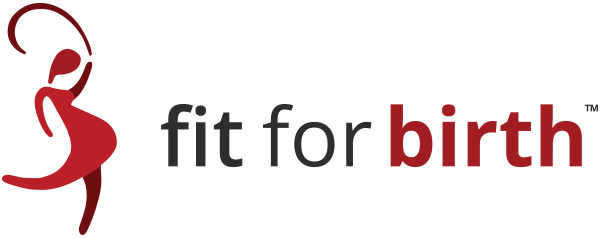Fit For Birth (FFB) focuses on corrective exercises that are designed to address common musculoskeletal and physiological concerns during and after pregnancy.
Our holistic approach considers how our ancestors lived, compared to how we are living today. We recognize that while we want to maintain access to modern technologies, they are often the cause of our “dis”-ease, including our musculoskeletal issues.
The question, “Have we evolved to be able to handle this?” is at the root of FFB. This question attempts to acknowledge that we simply may have not (yet) evolved to handle many of today’s modern stressors, from sugar to light bulbs and sitting all day in chairs…
KEY CONCEPTS of FFB
Corrective Exercise: There is a strong focus on addressing imbalances and dysfunctions that arise during pregnancy with tailored corrective exercises.
Holistic Approach: The program integrates 5 Foundations that all influence well-being during the perinatal timeframe:
- Breathing
- Movement
- Nutrition
- Sleep & Lifestyle
- Mind
Comprehensive Assessments: Fit For Birth uses up to three detailed assessments:
- Movement/Exercise (PPCES course)
- Flexibility (PPCFA course)
- Pelvic Floor (PPDCC course)
ASSESSMENT of FFB
- Health History: “Step 1” at FFB is to identify the goals and needs of the client. This includes identifying if there are any ongoing repercussions from things like previous C-sections or vaginal tearing.
- Movement Assessment (15-20min): “Step 2” at FFB is to identify whether or not the correct muscles are functioning during the following specific movements: Breathing, Pelvic Tilting, Six Primal Movements (Squat, Lunge, Bend, Twist, Push, Pull), and lower abdominal connection to pelvic floor.
- Instant Client Experience & Feedback: Upon completion of the movement assessment, the FFB practitioner will know which muscles are over-active, and which are under-active. The FFB Pre & Postnatal Corrective Exercise Specialist is trained to identify the single most important correction/activation for the client. “Step 3” of our movement assessment is when the FFB specialist coaches the client through a few exercises to activate the #1 most important correction, and then asks the client to repeat a few of the assessments. The client is able to immediately feel the difference within the first session (typically in the form of reduced pain and increased function), and understand how the practitioner will be able to further help them achieve their goals.
FOLLOWUP & LONG-TERM CLIENT RETENTION:
The following can be considered “Steps 4, 5, & 6” in the FFB Method:
- The FFB Movement Assessment can be performed every 1-6 months or so, in order to give you client objective feedback for the benchmarks that you have created for your exercise program. This assessment is taught in FFB’s PPCES course, where you become a FFB Pre & Postnatal Corrective Exercise Specialist.
- The FFB Pelvic Floor Assessment (PPDCC course) allows you to help your client identify if her pelvic floor muscles are under-active or over-active, discrepancies between superficial and deep layers, left and right synergies, and phasic vs. tonic muscle needs. This assessment is designed for personal trainers to verbally instruct their clients to connect physically and mentally to their pelvic floor muscles. (As a non-invasive option, this assessment is completely different from the internal evaluations that are typically performed by women’s physical therapists who have licenses for manual therapy!)
- The FFB Corrective Flexibility Assessment (PPCFA course) offers the perfect assessment at about 3 months of training, to inspire fresh programming and renewed excitement in your training. Once basic corrective exercises have been practiced for one or two 6-week program cycles, your client is ready to add the specific stretches that can unlock any remaining limitations in function. Performing a corrective flexibility assessment shows you exactly which stretches are most important, and – similar to the movement assessment – gives your client immediate results in the form of pain reduction and improved function.
